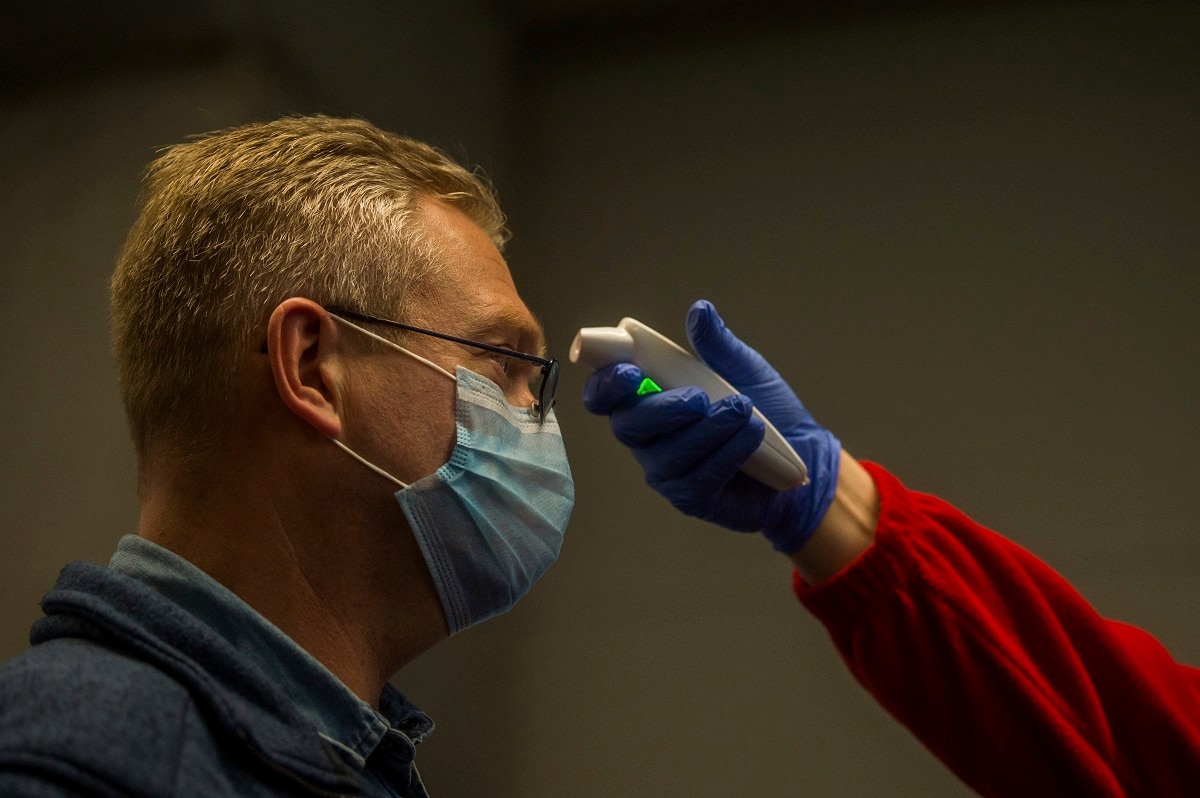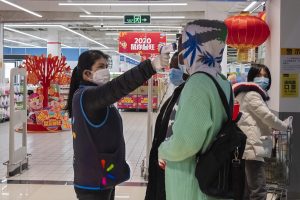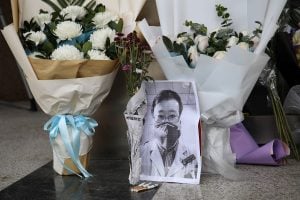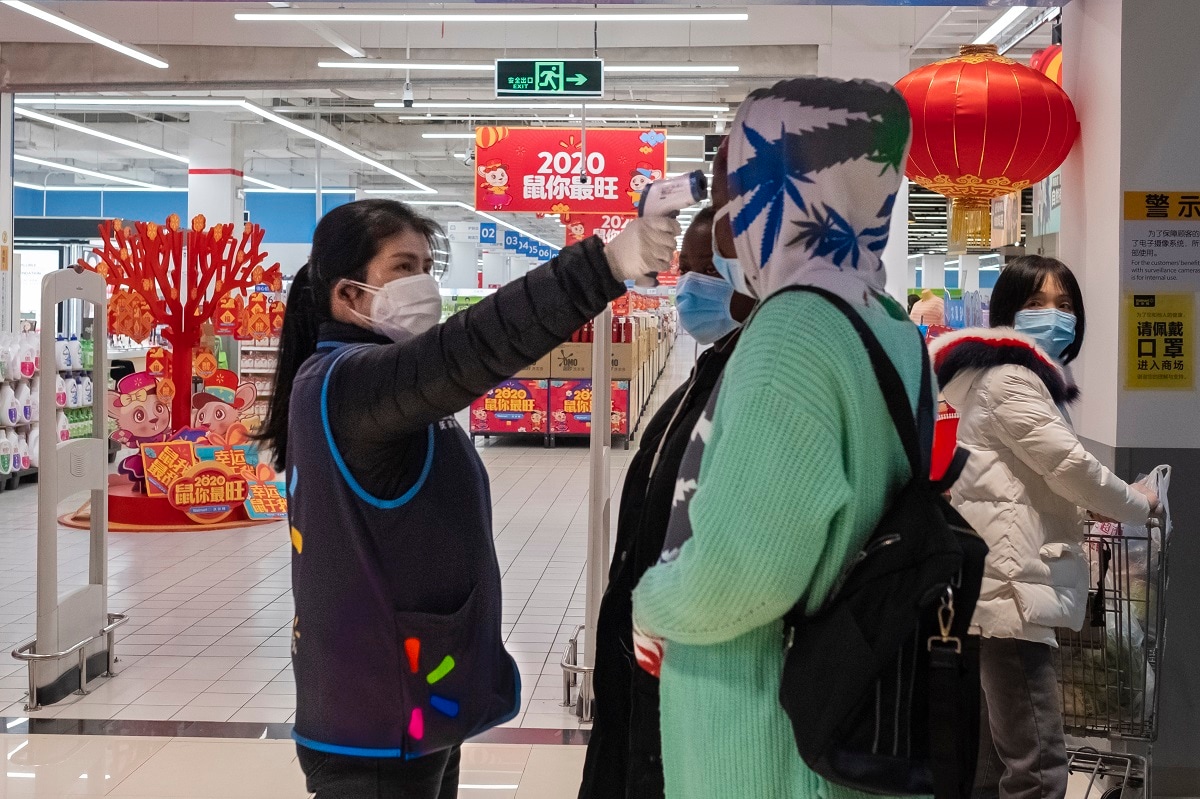Counting the cost of coronavirus outbreak: Why it could hurt the global economy badly
Summary
China’s global presence and impact on the world economy is so great that the coronavirus outbreak in the country has infected economies across the globe.
The latest public health scare to hit the world is the COVID 19 – coronavirus. According to the World Health Organisation (WHO), there were over 73,000 reported cases of COVID 19, with most of the epidemic contained in one province in China – Hubei. Outside China, there are a shade over 800 cases. According to the European Centre for Disease Control, there have been 2,012 deaths, 2,006 of which are in China.
The term coronavirus is a family of viruses that cause a variety of ailments ranging from the relatively harmless common cold to the more virulent illnesses such as the Severe Acute Respiratory Syndrome (SARS-CoV) and Middle Eastern Respiratory Syndrome (MERS-CoV). The current outbreak is caused by a new type of coronavirus that has hitherto not been detected in humans. Coronaviruses are zoonotic ie, are transmitted between animals and people. For example, Swine flu–transmitted from pigs to humans – or bird flu – between birds and humans; or Ebola – from bats to humans – are all examples of zoonotic infections. According to a paper in the prestigious Chinese Medical Journal, scientists have said that this new coronavirus has been borne by bats to humans.
While it is very infectious and has spread rapidly since December 30, the WHO has been muted in its commentary about the outbreak. Tedros Andhanom – the Director-General of WHO – has said that COVID-19 is not “as deadly as other coronaviruses, including SARS and MERS”. To put it in perspective, there were between 14,000–36,000 deaths due to influenza in the United States, in the four-month period between October 2019 and January 2020. Yet, you don’t see the kind of response that you have with the world reaction to COVID 19. The panic that has been caused by a flu for which there is no vaccine yet has been a virtual quarantining of all activity with travel into or out of China, having severe economic consequences not just for China, but for countries across the world. Moody’s has revised its China GDP growth forecast from 5.8 percent to 5.2 percent — blaming the coronavirus.

At the most basic level, an already troubled airline industry worldwide has been hit by the coronavirus. Airlines across the world have suspended flights to China. According to the United Nations World Tourism Organisation (UNWTO), 62.9 million tourists visited China in 2018, and revenue from tourism accounted for almost 11 percent of the Chinese GDP. This includes the massive Chinese domestic tourism market – estimated to be $650 billion — that is also going to be impacted. Chinese participation in tourism outside China is also expected to decrease.
The second is with much of the Chinese working population being advised to work from home, there has been a massive impact on global supply chains. Many manufacturing units have shut down until the crisis passes. Apple has already indicated that its revenue will fall owing to the outbreak. Vehicle manufacturers who depend on supply parts from China have said that their operations could be impacted by coronavirus. There has been a virtual write-off of all economic activity in China since the beginning of the year, and the two months of disruption to the economy would have a fallout on not just the Chinese economy but those in the region and the world.
Global supply chain is disrupted
The third major sector to be impacted is pharmaceuticals. Hubei province – the epicentre of the outbreak – is also the province from which most pharmaceutical raw material is produced. It is expected that India that produces 20 percent of the world’s drug supply will be impacted by the virtual shutdown in production. Unless the crisis passes, and people get back to work in China, there will be a major shortfall in bulk drug manufacturing, leading to a spike in prices of basic medicines.
There are those who say that this is a great opportunity for Indian manufacturing replacing Chinese manufacturing in the short run, and maybe even in the long run. However, it is not easy to shift production lines. Besides, with India in a slowdown, and many factories already shut – it might be difficult to even produce what they produced earlier – let alone change tracks and replace Chinese goods in the global supply chain.
The coronavirus will be combatted. Scientists will develop a vaccine. The only question is when, and it is likely to be sooner rather than later. As population spreads across the world become denser, as we migrate from the rural to city life; as tourism spreads – so too will never-seen-before bugs that can disrupt lives, economies, and futures. There will always be a gap between the outbreak of the virus and the finding of the cure. What is required are protocols to prevent panic and economic tsunamis from hitting populations already ravaged by illness.
At one point in time, it was said that if America sneezes, the world catches a cold; the same can be said of China today – its global presence and impact on the world economy is so great that the coronavirus outbreak in the country has infected economies across the globe.
Harini Calamur writes on politics, gender and her areas of interest are the intersection of technology, media, and audiences. Read her columns here.

Elon Musk forms several ‘X Holdings’ companies to fund potential Twitter buyout
3 Mins Read
Thursday’s filing dispelled some doubts, though Musk still has work to do. He and his advisers will spend the coming days vetting potential investors for the equity portion of his offer, according to people familiar with the matter


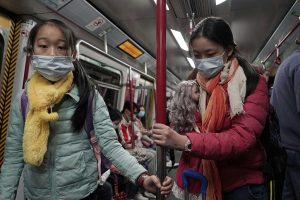






 Listen to the Article
Listen to the Article  Daily Newsletter
Daily Newsletter





